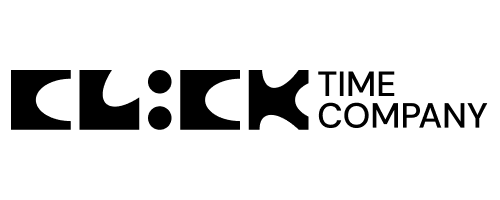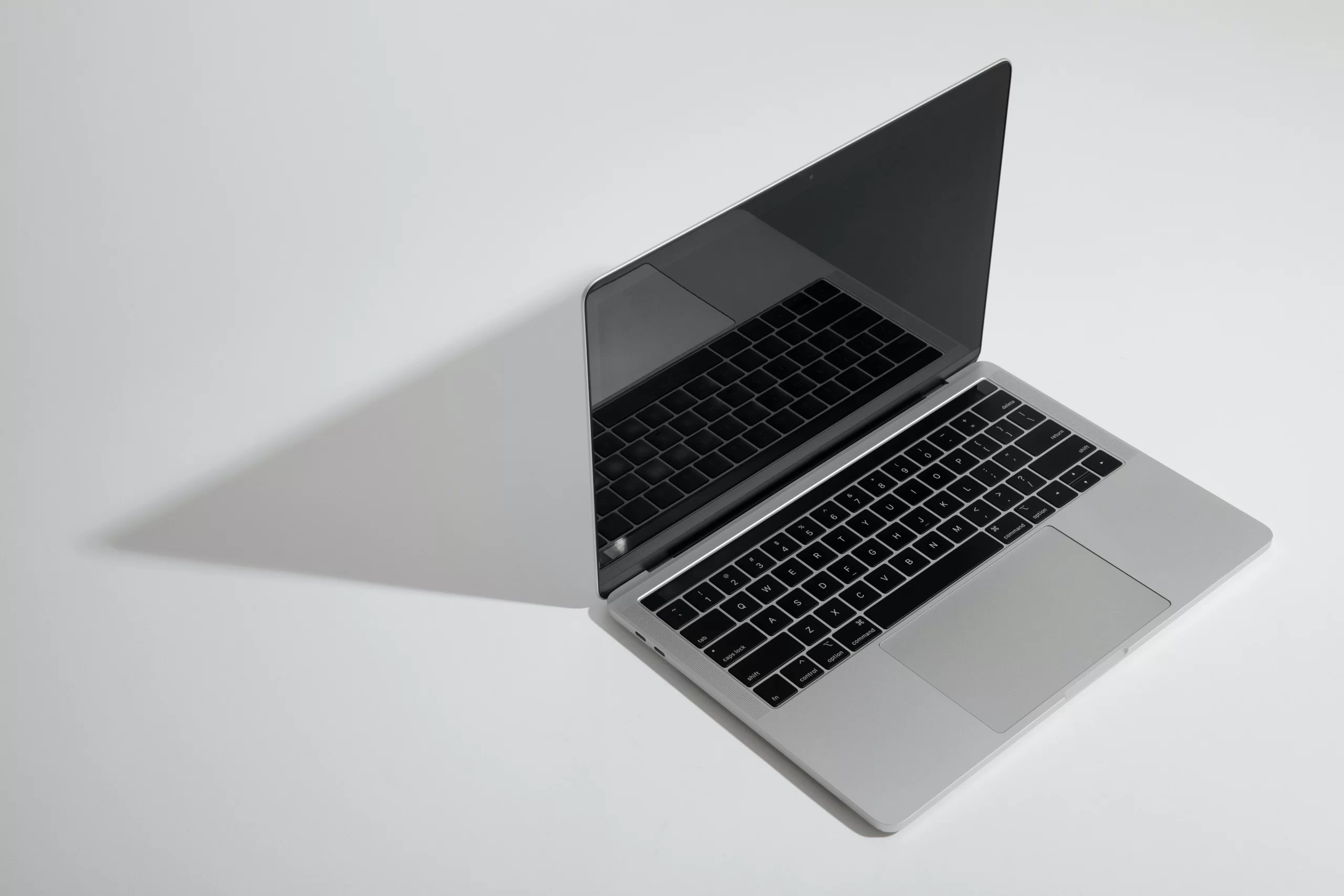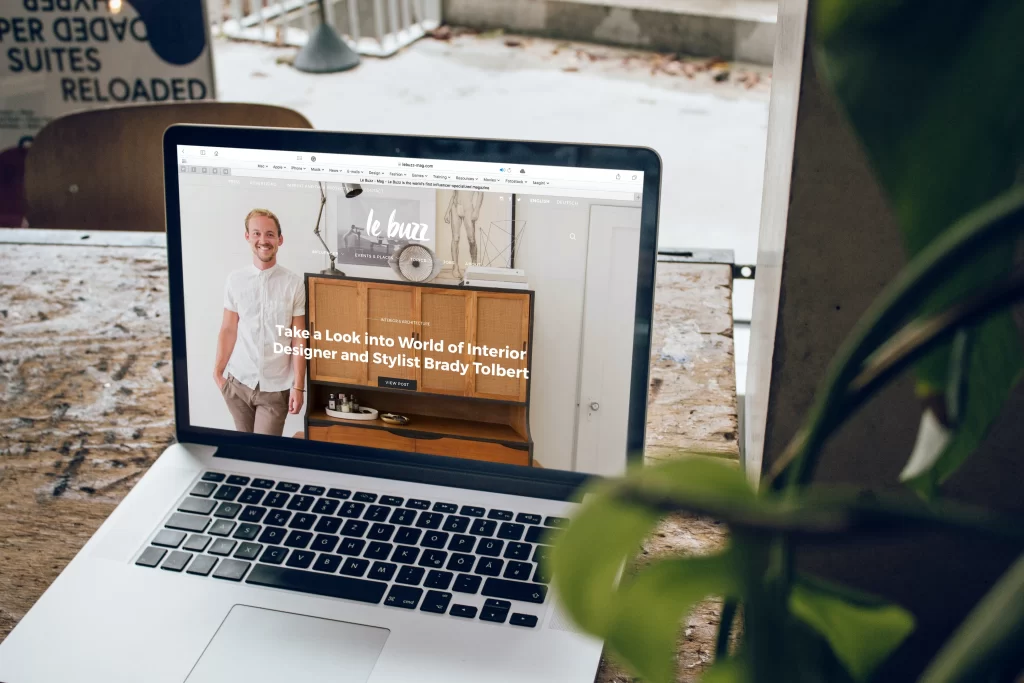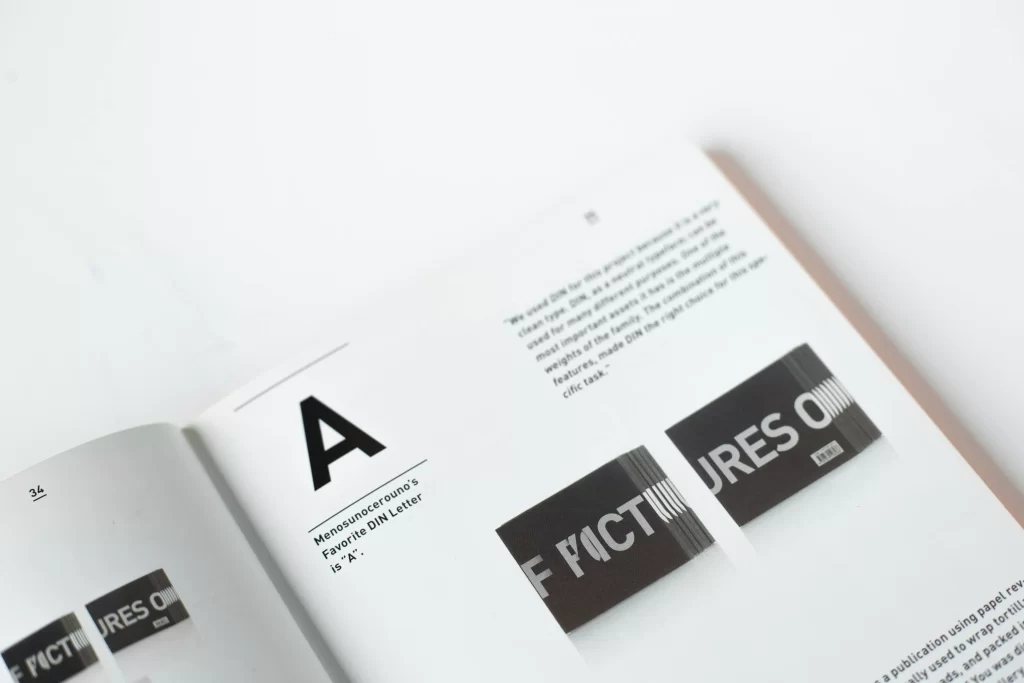
In the ever-evolving world of web design, there are two distinct approaches that designers often find themselves torn between: minimalist and maximalist web design. These two design philosophies represent two ends of the spectrum, each with its unique attributes and benefits. In this comprehensive guide, we will explore the differences, strengths, and weaknesses of both minimalist and maximalist web design styles, helping you find the perfect balance for your web projects.
Minimalist Web Design
What is Minimalist Web Design?
Minimalist web design is all about simplicity and functionality. It focuses on removing clutter, utilizing negative space, and presenting a clean, uncluttered interface to the user. Minimalist websites are often characterized by:
- Clean and crisp layouts.
- A limited color palette, usually with neutral colors.
- Simple and easy-to-read typography.
- Few design elements to reduce distractions.
- Emphasis on user experience and content readability.
Key Principles of Minimalist Design
Less is More: Minimalist design follows the principle that less clutter means more impact. It reduces the number of design elements to their essential forms, creating a calming and focused user experience.
High Functionality: Functionality is a priority. Every element on the page has a specific purpose, and there is no room for unnecessary features or decorations.
Negative Space: The use of negative space is crucial in minimalist design. It helps draw attention to the main content and enhances readability.
Maximalist Web Design
What is Maximalist Web Design?
Maximalist web design, on the other hand, embraces extravagance, complexity, and abundance. It encourages designers to experiment with colors, patterns, and various design elements. Maximalist websites are known for their:
- Vibrant color schemes.
- Detailed and intricate graphics.
- Diverse typography and font choices.
- Multilayered designs with numerous elements.
- A visually stimulating and immersive experience.
Key Principles of Maximalist Design
More is More: Maximalist design takes the opposite approach to minimalism. It thrives on visual richness and complexity, encouraging the inclusion of numerous design elements.
Creative Expression: Designers have more freedom for creative expression. They can experiment with various design elements, pushing the boundaries of conventional web design.
Storytelling Through Design: Maximalist design often conveys a story or theme through intricate details, creating a visually engaging narrative.
Finding the Perfect Balance
Combining Minimalism and Maximalism
Achieving a perfect balance between minimalist and maximalist design can be a challenge, but it’s possible. This balanced approach involves:
- Selective use of maximalist elements to highlight key content.
- Incorporating minimalist principles for readability and usability.
- Prioritizing user experience while offering a visually engaging interface.
SEO Considerations
Impact of Design on SEO
Design plays a significant role in SEO. Both minimalist and maximalist designs have their advantages and disadvantages:
- Minimalist designs load faster, which is favored by search engines.
- Maximalist designs may have more visual content but can be slower to load.
- Content hierarchy is crucial in minimalist design, aiding in SEO.
SEO-Friendly Minimalist and Maximalist Design Practices
- Use image optimization techniques for maximalist websites to ensure fast loading.
- Implement responsive design to cater to a wider audience.
- Prioritize content hierarchy and structure to enhance SEO.
Which One Is Preferable: Minimalist or Maximalist?
The preference for minimalist or maximalist design ultimately depends on several factors, including your specific project goals, target audience, and the message you want to convey. Here are some considerations to help you determine which design trend is more preferable for your particular situation:
Choosing Minimalism
Clarity and Focus are Vital: If your website’s primary goal is to provide essential information or content and you want users to focus on that content, minimalism is a great choice. It eliminates distractions and ensures your message is clear.
Mobile Responsiveness Matters: Minimalist designs often translate well to mobile devices, as they are inherently uncluttered and tend to load quickly, providing a seamless user experience.
Simplicity is Your Brand Aesthetic: If your brand identity is built around simplicity, cleanliness, and elegance, minimalism aligns well with your image.
Choosing Maximalism
Creative Expression is Key: Maximalist design allows for more creative freedom and can be an excellent choice if your website is intended to be an art form or an immersive visual experience.
Branding Requires a Bold Statement: Maximalism can be used to create a bold, memorable brand identity. It’s suitable for companies or individuals looking to stand out and make a statement.
Your Audience Craves Engagement: If your target audience prefers a visually engaging, dynamic experience and is likely to spend more time exploring your website, maximalism can be a more engaging option.

Conclusion
In the world of web design, the choice between minimalist and maximalist design is never black and white. Both styles have their merits, and the perfect balance depends on your project’s goals and audience. By understanding the principles and reviewing real-world examples, you can confidently decide which approach suits your project. Whether you lean towards the simplicity of minimalism or the extravagance of maximalism, remember that the key to great design is always user experience and functionality.
By embracing the best of both worlds, you can create a web design that not only captures your audience’s attention but also ensures a seamless user experience. So, go ahead, explore your creativity, and find the perfect balance between minimalist and maximalist design for your next web project.
